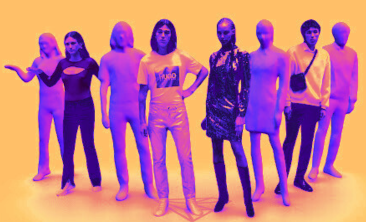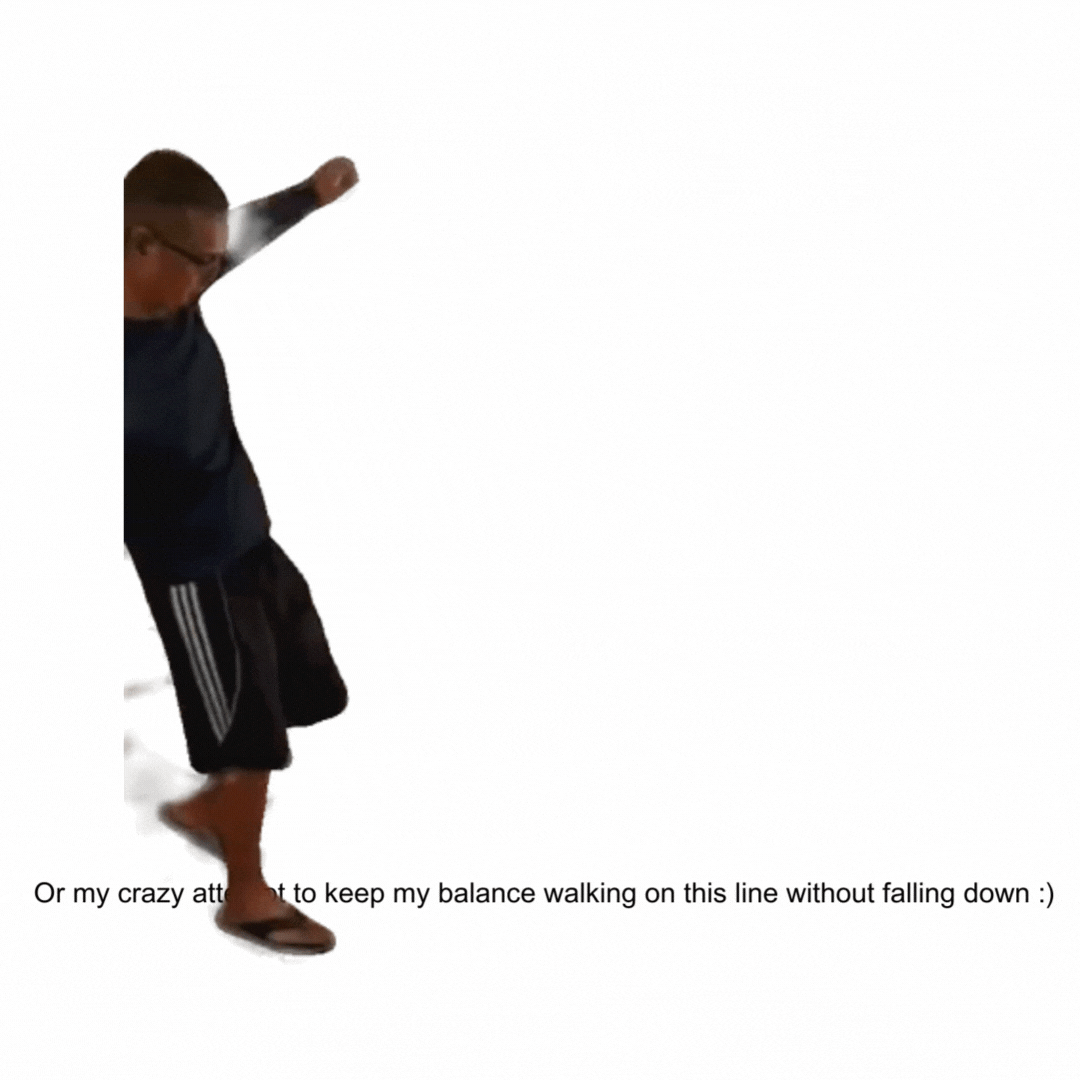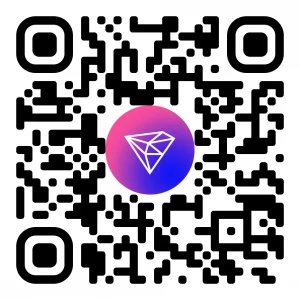
How Does AI Democratize Volumetric Videos for Brands
How Does AI Democratize Volumetric Videos for Brands https://www.visualstorytell.com/wp-content/uploads/2023/04/AI-powered-volumetric-video-thumb1.png 366 222 Shlomi Ron Shlomi Ron https://secure.gravatar.com/avatar/995c0cf093380b90c7704fda398c9addf4e5c605afbc92af5c3f01f67d65aa41?s=96&d=mm&r=g
If you recall back in May of last year I shared with you a podcast episode titled What is Volumetric Storytelling? In which, I talked with Elizabeth Baron, Enterprise Solutions Executive at Unity.
As a refresher, Wikipedia defines Volumetric capture or volumetric video
Is a technique that captures a three-dimensional space, such as a location or performance. This type of volumography acquires data that can be viewed on flat screens as well as using 3D displays and VR goggles. Volumetric video has a wide range of uses, including creating realistic holograms, highlighting 3D environments, and putting together augmented reality (AR) projects.
The volumetric capture typically involves using expensive equipment that includes multiple cameras and sensors to film a subject from all angles.
As such, cost could pose a real barrier for brands.
What if there was another way?
Knowing the complexity and cost involved in creating 3D volumetric videos, I was intrigued by Shreyan’s story about leveraging AI predictive power to produce volumetric videos (AKA volograms).
In other words, predictive AI taking the role of extra cameras and sensors. Keep in mind these are still early days but still quite intriguing.
The human element
I like that the main focus of this technology is about capturing people, as historically content with people featured in it generate higher response.
Back in 2014, Georgia Institute of Technology and Yahoo Labs researchers looked at 1.1 million photos on Instagram and found that pictures with human faces are 38 percent more likely to receive likes than photos with no faces. They’re also 32 percent more likely to attract comments.
No wonder, right? Seeing a real person in visuals works because of:
Emotional Connection & Visualization: People tend to connect more easily with human faces, emotions, and expressions, as they evoke empathy and relatability. “Wow! I can see myself in this character or situation!”
Trust: Seeing a person’s face can make the content feel more trustworthy and credible, as it creates a sense of human connection.
Attention: Human faces, especially with direct eye contact, can grab viewers’ attention more effectively than other visuals.
How does it work?
I tried the app myself and it works like this.
Like any video recording app, you capture yourself or your friend doing expressive movements interacting in various backgrounds.
Because the app scans the spatial dimensions of the space you choose to plant your character, it opens up interesting visual stories of integration into the your immediate topography.
You have two ways of working:
1) Creating volumetric videos to share on public platforms
You can place your tiny “moving character” on your desk or as a giant figure in a busy street or wherever your imagination takes you.
Either way you end up with two videos that come together for a surprising story.
Like this Hugo Boss campaign on Instagram:
Planting influencers wearing various outfits against changing 3D worlds to support the brand’s Reboot the Night campaign (Created by Volograms for Hugo Boss)
If you had a chance to read my last week’s story about creating visual encasements, you can clearly see that there is a ton of spaces you can embed your moving character in.
2) Send a volumetric video as a personalized message
Extending the category of sending email with a personalized video message that helps humanize your ask for prospects or customers, this Vologram message achieves the same goal.
Using a QR code activates an AR experience, your recipient can watch a presenter deliver your story in the recipient’s immediate environment like a desk, floor or wherever his location is.
Scan to watch the demo come to life in your space:

Highlights of our chat
To learn more about what’s under the hood of this technology, I’ve recently invited Shreyans to my podcast.
We talked about his journey, how AI can make volumetric videos (i.e., volograms) more accessible to brands, his visual storytelling process when working with brands, client examples, his top 3 tips for telling effective stories using volograms and much more.
It’s all in the latest episode of the Visual Storytelling Today podcast.
Watch the full video recording of this interview with lots of illustrative examples:
Need a screen break?
You can also listen to the audio recording of this episode. Subscribe to the Visual Storytelling Today podcast on iTunes, Google Podcasts, and all other podcast networks.
As technology advances – if you think about generative AI or 3D video capture like in this case – processes get simplified opening up access and creative participation for much wider audiences beyond just techies earlier.
All it takes is to stay curious and keep testing new imaginative ways to tell your stories.
Shlomi Ron
Shlomi Ron is the founder and CEO of the Visual Storytelling Institute, a Miami-based think tank with a mission to bring the gospel of visual storytelling from the world of art to more human-centric and purpose-driven marketing. A digital marketing veteran with over 20 years of experience working both on the agency and brand sides for Fortune 100/500 brands such as Nokia, IBM, and American Express. He started VSI to combine his marketing expertise with his passion for visual stories stemming from his interests in classic Italian cinema and managing the estate of video art pioneer, Buky Schwartz. At VSI, he helps brands rise above the communication noise through visual storytelling consulting, training, and thought leadership. Select clients include Estée Lauder, Microsoft, and Cable & Wireless – to name a few. He currently teaches Brand Storytelling at the University of Miami’s Business School. Thought leader and speaker at key marketing conferences. He is also the host of the Visual Storytelling Today podcast, which ranks in the top 10 best business storytelling podcasts on the Web. His book: Total Acuity: Tales with Marketing Morals to Help You Create Richer Visual Brand Stories. Outside work, he is a nascent bread baker, The Moth fan, and longtime fedora wearer likely to jive with his classic Italian cinema interest.
All stories by: Shlomi RonYou might also like
1 comment
Leave a Reply Cancel Reply
This site uses Akismet to reduce spam. Learn how your comment data is processed.





Jennie Francis
of course like your website but you have to check the spelling on several of your posts. A number of them are rife with spelling issues and I in finding it very troublesome to inform the reality on the other hand I will certainly come back again.